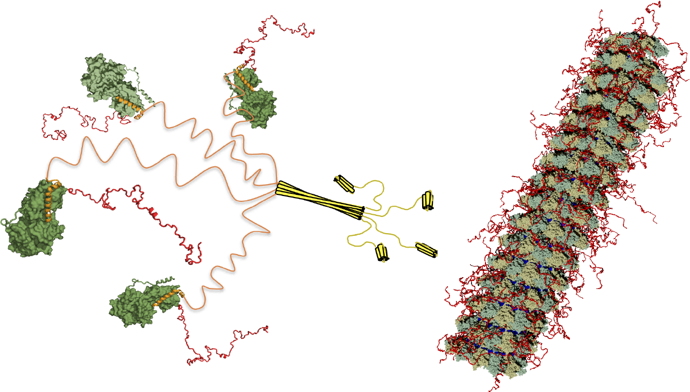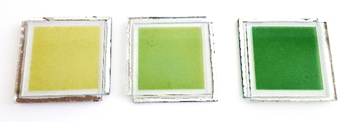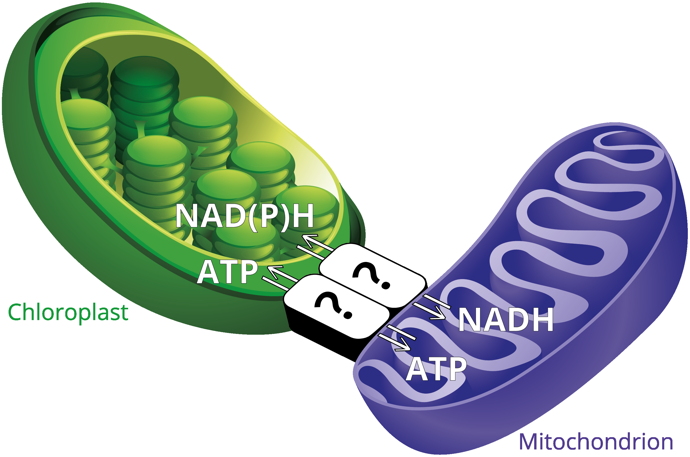Martin Blackledge, from the Institute de Biologie Structurale at IRIG, receives a grant for his project on the description in atomic resolution of highly dynamic molecular assemblies and their role in viral replication. Its project entitled "
DynamicAssemblies" will receive financial support over 5 years.

In particular, the project will describe the structural and dynamic behavior of highly disordered viral replication machines, their interaction kinetics with host and viral partners, the effects of post-translational modifications, their assembly and functional mechanisms. The project will also identify the role of these intrinsically disordered proteins in functional liquid droplets that provide a highly efficient means to spatially and temporally control essential molecular processes.
The primary research interest of the Blackledge group is the study of protein dynamics by NMR, often combined with complementary biophysical techniques and advanced molecular simulation, to characterize the role of conformational flexibility in biological function.

Renaud Demadrille is a chemist at IRIG's Molecular Systems and nanoMaterials for Energy and Health (SyMMES) and has also just obtained an Advanced Grant from the ERC for a period of 5 years.

His project, "
PISCO" (Photochromic Solar Cells: Towards Photovoltaic Devices with Variable and Self-Adaptable Optical Transmission), focuses on the development of photochromic solar cells, these new generation hybrid cells are photovoltaic devices with variable optical transmission. In other words, these new photovoltaic devices based on organic dyes will have a light transmission and energy production that can be self-adapted according to weather conditions. The project aims to develop this technology, which could be used in the building or automotive sector.

Giovanni Finazzi is a biologist in the Cell & Plant Physiology Laboratory. His ERC project, entitled "ChloroMito", aims to characterize the role of subcellular energy interactions in optimizing photosynthesis in marine phytoplankton.

D’un point de vue énergétique, une microalgue est un « véhicule » contenant deux « moteurs » : la mitochondrie, un moteur à combustion qui utilise du carbone pour produire de l’énergie et du CO
2, et le chloroplaste, un panneau solaire qui utilise la lumière pour produire de l’énergie et de l’O
2. S’agit-t-il donc d’un véhicule hybride solaire ?
Le projet ChloroMito souhaite répondre à cette question en étudiant les microalgues océaniques (phytoplancton marin). Grace à l’efficacité redoutable du phytoplancton, l’océan assimile presque autant de CO
2 que les forêts tropicales alors qu’il contient moins de biomasse végétale. Par des approches d’optogénétique, d’imagerie cellulaire/subcellulaire en 3D et de spectroscopie résolue en temps, ChloroMito va étudier l’hypothèse selon laquelle l’efficacité photosynthétique des microalgues océaniques proviendrait d’un couplage très étroit entre leur panneau solaire et leur moteur à combustion.